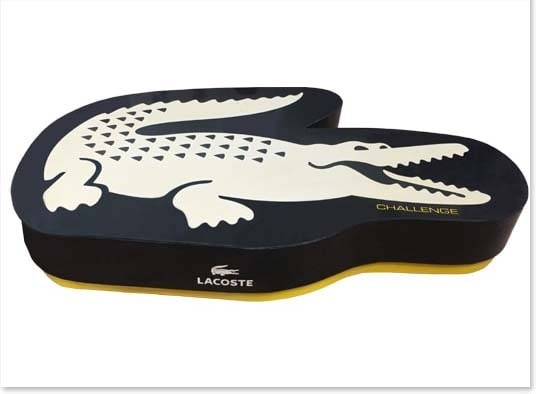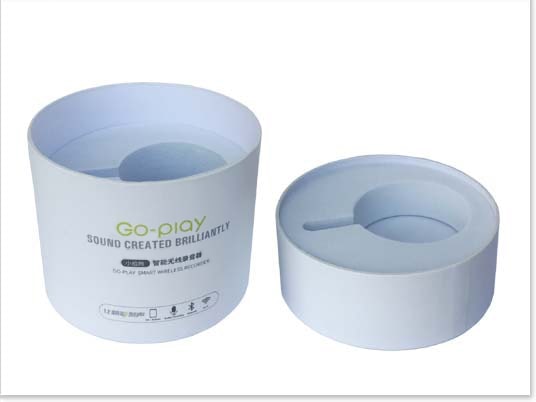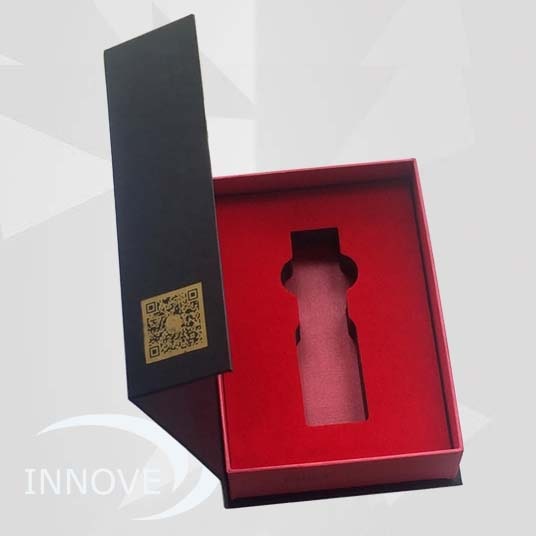In the historic
context of new retail era, brand developers and third-party platforms have
spared no effort in situational demand satisfaction, bringing new markets and
new business opportunities for personalized packaging.
After the rise of printing e-commerce,
new concepts such as personalized customization, small-volume customization,
and large-scale personalized customization have gradually emerged. In recent
years, the trend of small batches, individualization and customization in the
domestic consumer market has intensified, from Weiquan’s Word Game Bottles
campaign(“拼字瓶”) to the Colgate's Dare to Love series, and even to Oreo’s
custom packaging for Tmall platform.
Behind the personalized economy,
people's new lifestyles and new social concepts are gradually taking shape.
Throughout all the consumer trends and desires, many forms of personalization services
already come to being, personalized education, personalized travel services,
personalized wedding services, personalized gift customization, personalized
clothing customization, personalized luxury ordering... Printing-related
personalized applications are endless, and they are constantly evolving with
rapid growth. Human society has now entered a personalized era. With the
Internet technology, consumption upgrades and social development, this trend of
personalized development will become more apparent.
Back to the personalization
process of the printing industry, it is not easy to get started. And even
today, there is no mature profit model existing. The early players are mostly
in the industry. They have been struggling in the dilemma of where the traffic
comes from and how the customer cost is reduced. It doesn't seem to be as
smooth as I imagined.
The problem of personalized
customization is not a new topic, and it’s a problem that the industry has always
been working on: high service costs and high manufacturing costs. The most
tricky part lie with personalized customization is the contradiction between critical
requirements and small order quantity, low efficiency in winning orders; too
low output results in high factory cost of service and manufacturing and thus
low profit, which makes the factory unwilling to take orders.
There are two fundamental reasons
for the difficulty of personalization. One is that the order is inefficient and
the output is low compared to the big order. The second is that the factory
assembly line are designed for mass order production, which is not suitable for
small orders.
Therefore, personalized
customization must use a production mode suitable for small orders, do not shoot
mosquitoes with a cannon, in order to get out of the misunderstanding of
personalized customization.
The essence of the problem of
custom box designs is profit. If the profit brought by personalization is far
higher than the cost of fulfilling the order, this will become a profitable
thing, the problems with personalization will no more exist.
All in all, personalized
packaging is a tempting business, on the one hand, it is really profitable, and
the imagination is huge. On the other hand, we have also seen some of many
printing and packaging companies peers who have tried get the fruit failed in
practice.





